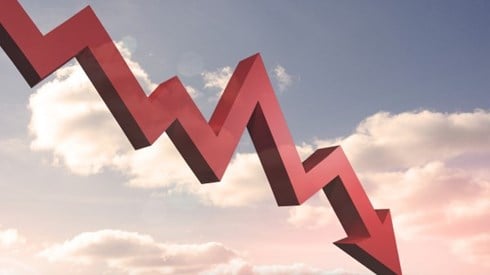Workers Compensation Sector's Results Outpace Broader PC Industry

July 24, 2023

Workers compensation insurers' underwriting results continued to outpace those of the rest of the US commercial property-casualty insurance sector in 2022, according to A.M. Best.
In a July 18, 2023, Best's Market Segment Report, Workers' Compensation Remains a Profit Engine for the P/C Industry, the rating agency noted that workers compensation insurers benefited from a long-term decline in workplace accidents and a reduction in fraudulent claims.
Favorable prior-year loss reserve development continued to bolster the insurance industry's insurer loss reserve position in 2022 due to long-term declines in claims frequency, Best said. The rating agency noted that the workers compensation segment has experienced a softer market than have other commercial coverage lines, particularly auto and general liability.
Best said the workers compensation segment posted a combined ratio of 87.8 percent in 2022, almost 15 percentage points lower than the overall property-casualty segment's 102.4 percent combined ratio. In addition, with premiums based on payroll levels, the workers compensation segment has benefited from the largest US wage growth in 25 years coupled with strong job growth.
And, while medical and indemnity severity increased, the magnitude of those increases was less than the increase in wages, Best said. "The higher payroll exposure base for workers compensation insurance kept the increase in claim severity manageable," a Best statement said.
Best said the workers compensation segment saw 9 percent year-over-year increases in direct premiums written and net premiums written in 2022. During the first quarter of 2023, the segment's direct written premiums increased 4.7 percent over the same period in 2022.
Best's report also noted that workers compensation pricing has declined since 2015, except for a post-pandemic period from the second quarter of 2020 through 2021, when the market saw modest price increases.
There are factors that could have longer-term implications for the workers compensation sector's operating performance, Best said. The segment remains susceptible to rising inflation, while higher wages have driven up indemnity costs, producing a modest increase in claims severity.
"Some market observers expect wages and health care costs to rise faster than inflation within another year or so," David Blades, associate director, Industry Research and Analytics at AM Best, said in the statement. "This could weaken reserve adequacy and temper the possibility of further improved underwriting results because of higher-than-expected claims from prior accident years."
Copyright © 2023 A.M. Best Company, Inc. and/or its affiliates. ALL RIGHTS RESERVED.
July 24, 2023





